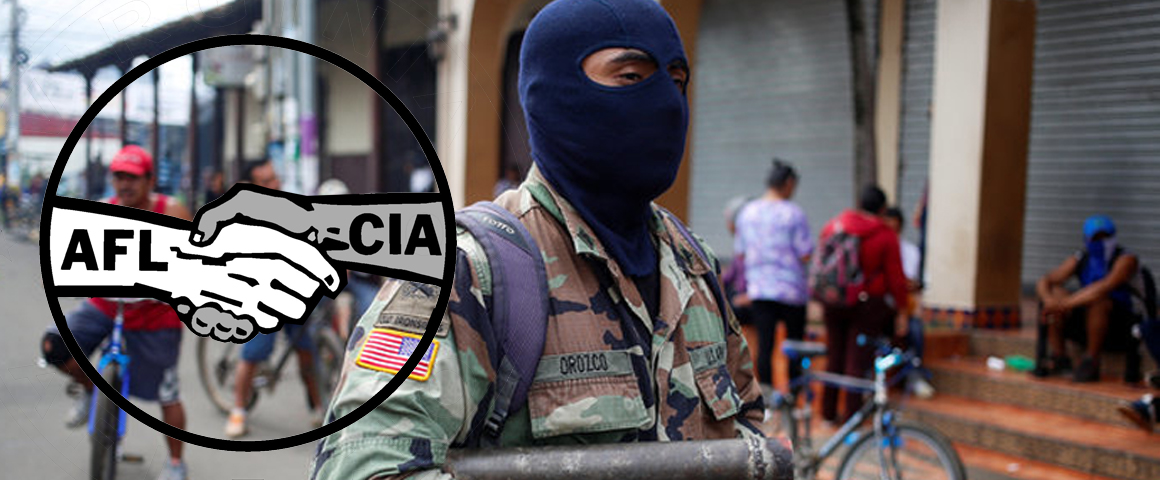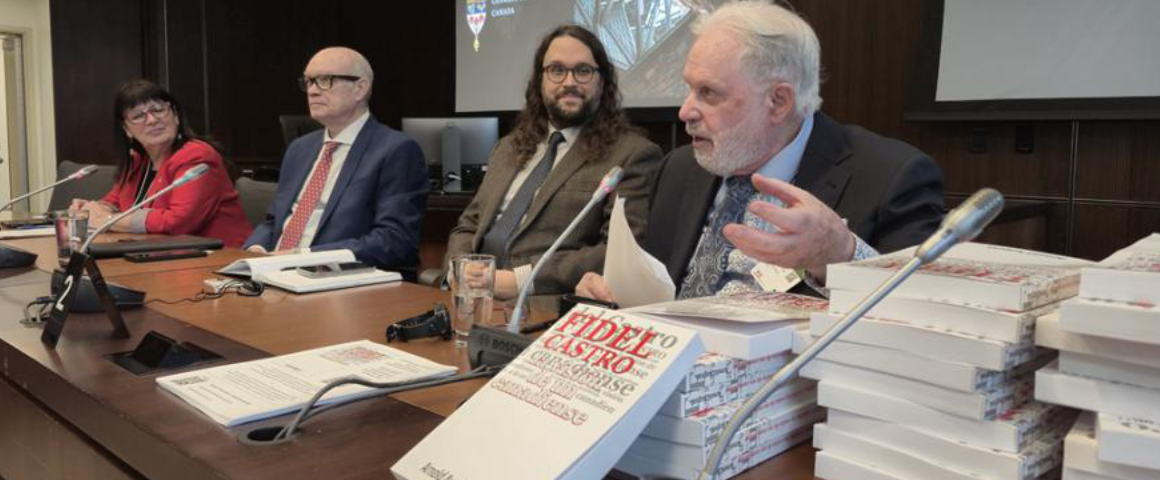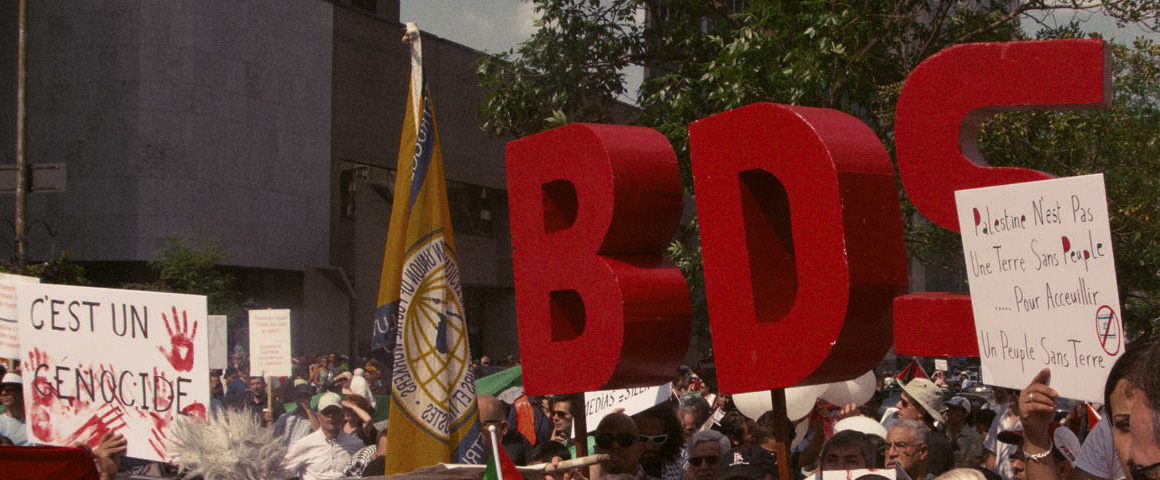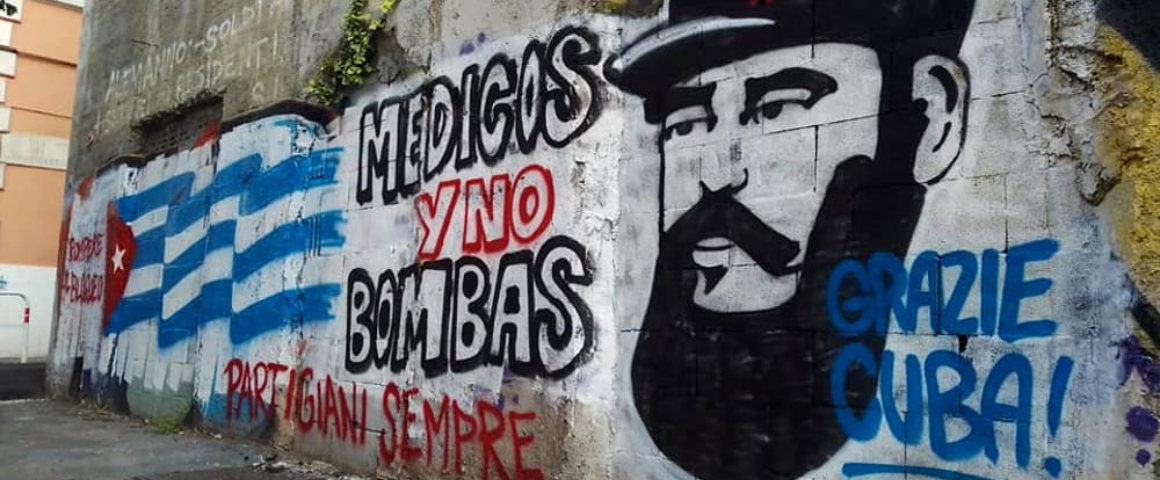On June 27, 1979, faced with stiff fighting in Managua, thousands of Nicaragua’s Sandinista militants began a tactical retreat to the nearby city of Masaya, which they controlled. There they were able to regroup, rearm, and train new militia. Less than a month later, on July 19, the Sandinistas entered Managua again, to celebrate the revolutionary overthrow of Anastasio Somoza, “the last Marine.” It was a reference to the struggle of their namesake, Augusto Cesar Sandino, against the US military occupation and domination of Nicaragua.
Every year, thousands of Nicaraguans commemorate the retreat, known as “El Repliegue”, by making the 25-km trek from Managua to Masaya.
This year, as President Daniel Ortega led the commemoration, he clearly viewed it as a chance to once again regroup in the face of a severe struggle. This time, the foe isn’t Somoza and the Guardia Nacional, but widespread and violent anti-government protests that have gripped the country since April.
Western media, including nominally “left” sources, have placed the blame for the violence on Ortega’s shoulders. They write about cronyism and dictatorial rule, and claim he is isolated from the people. While there may be legitimate complaints about Ortega, this narrative doesn’t mesh with reality. Ortega was re-elected to a third consecutive term in November 2016 with 72% of the vote and a 66% voter turnout, and the Sandinistas won a comparable victory in last year’s municipal elections.
The real cause of the trouble lies elsewhere, and when we scratch the surface it looks like Somoza was not, in fact, the last Marine after all.
The US government has a wide range of funding organizations that pour money and other resources into political and social movements all over the world. While some of these funding mechanisms have altruistic components, the overarching objective is to maintain a pro-US discourse and orientation among foreign countries. The National Endowment for Democracy (NED) is among the most powerful of these instruments.
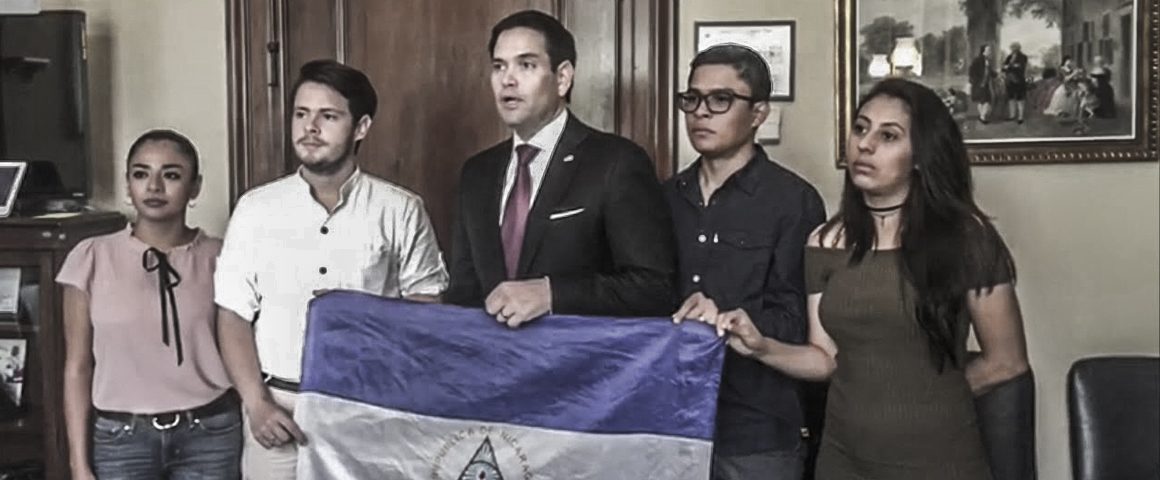
In Nicaragua, between 2014 and 2017 the NED granted $4.2 million to organizations opposed to the Sandinistas, in the form of 55 different grants targeting media, research, youth, women, and indigenous people. The focus and objective is building coordinated and mobilized opposition to the government.
This is a drama played out in every country with a government that is a barrier to US interests – Venezuela, Bangladesh, Syria, Brazil, Ecuador, Bolivia…

NED was established by Ronald Reagan in 1983, and one of its key partner organizations was the Free Trade Union Institute. The FTUI, renamed the Solidarity Center in 1997, was a creation of the AFL-CIO with the purpose of increasing US influence among European trade unions. Since 1983, it has been the largest single grantee of NED funding. In fact, the FTUI in 1985 funneled $1.5 million in NED funds to French trade unions opposed to the government of Francois Mitterand; the FTUI’s stated reason for this interference was that Mitterand was a socialist who included Communists in his cabinet.
Currently, the NED has two trade union officials on its board of directors – the President of the Bricklayers and Allied Craftworkers, and an International Vice President of the United Steelworkers. But the penetration of NED into the trade union leadership goes far beyond these two positions. The officers of FTUI/Solidarity Center include the most senior leaders of the AFL-CIO and its major affiliates, ensuring an ongoing and institutionalized channel of communication from NED into the labour movement.
This cooptation of the American working class and its organizations has continued for decades. It will only end when the grassroots membership of US trade unions recognize that their interests dovetail with those whom its government oppresses around the world.
As Daniel Ortega and progressives in Nicaragua seek to regroup in the face of fierce fighting, US workers would do well to have a “Repliegue” of their own.

